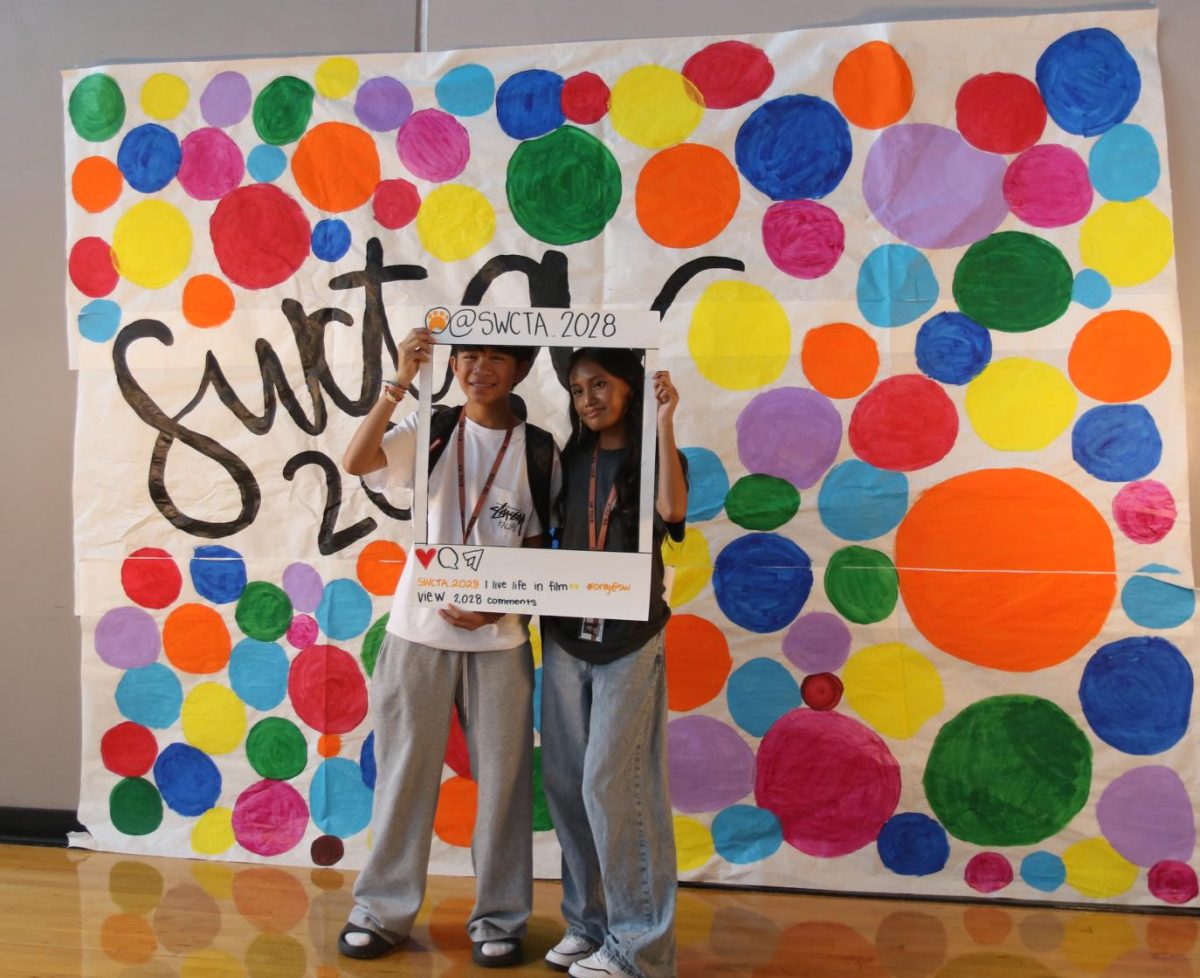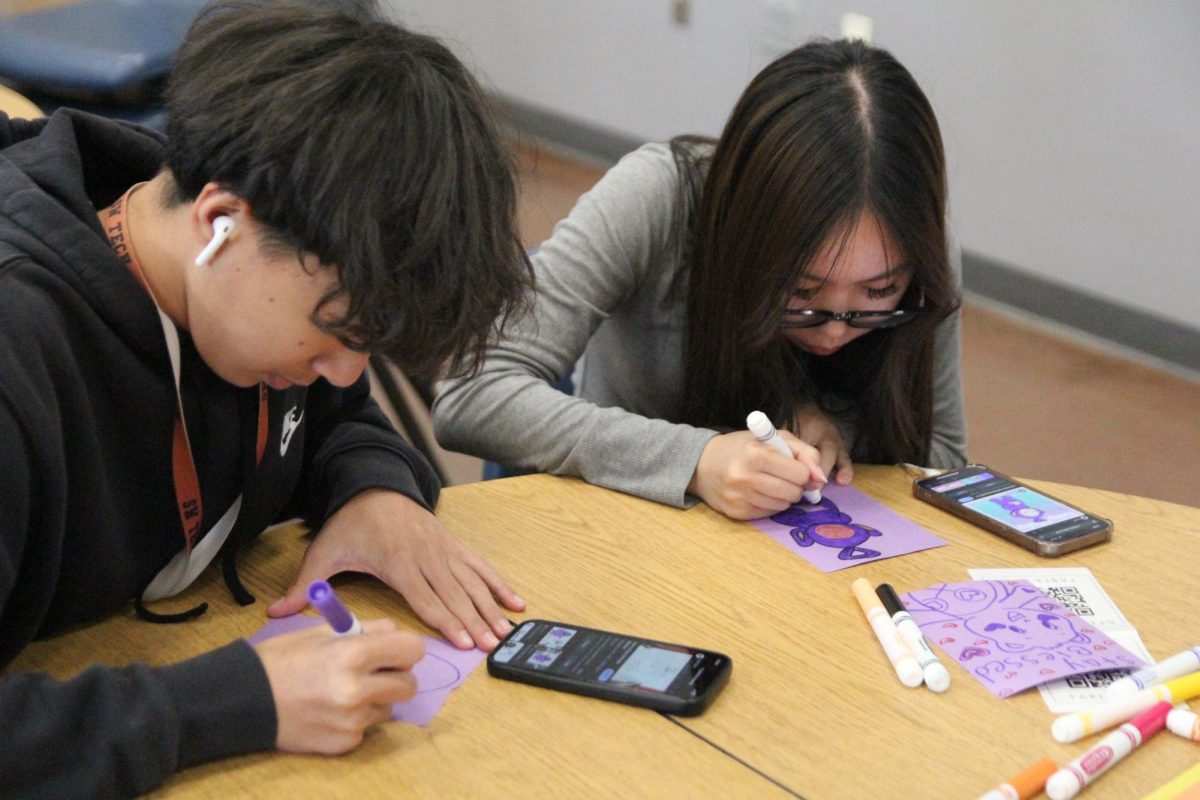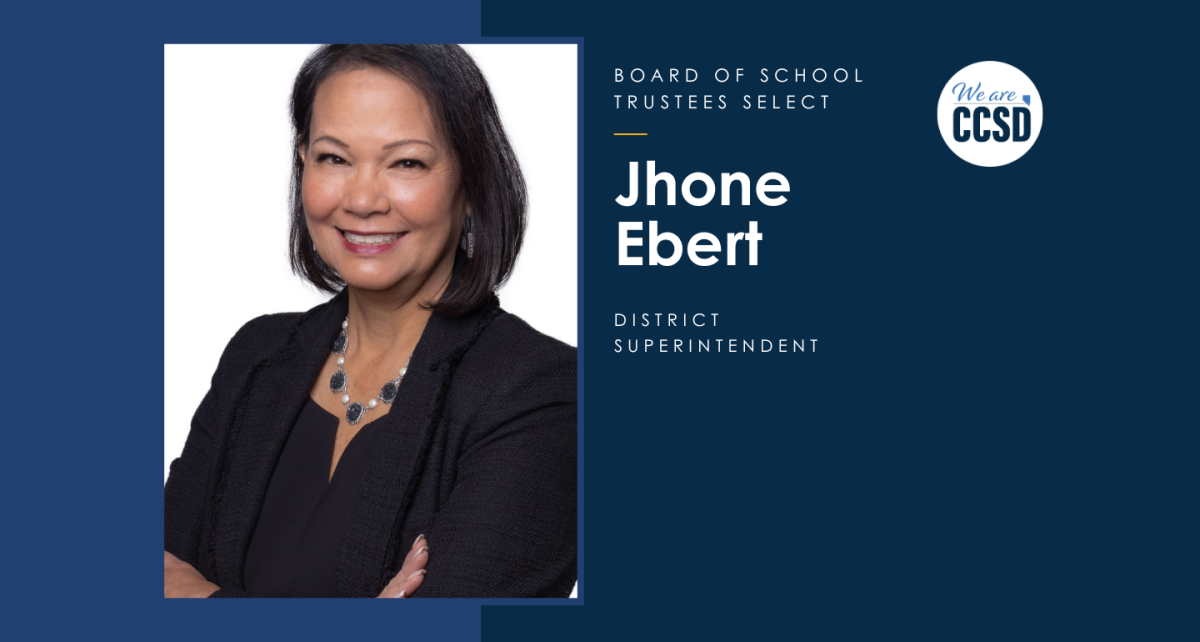A spaceship rumbles and takes off, taking someone to Jupiter. Although space travel to another planet seems impossible, calculating circular motion isn’t.
In AP Physics I, students were tasked with calculating how a celestial body other than Earth would affect their circular motion.
“By tasking students with relating the finding to an Earth equivalent, I am hoping that students are able to put themselves in situations without having first-hand accounts from interviews,” Physics teacher Patrick Waddington said. “No one’s been to Jupiter, but what would happen if someone did?”
In this project, students will not only be calculating their motion on a specific planet, but also presenting their findings, such as how people might be affected. This project will take four class periods, with the first two dedicated to research and formulating a presentation, and the last two being presentation days.
“Even though the presentation is kind of annoying, I think it helps me understand it a little more,” junior Julianna Sangalang said. “If you can teach it or present it to others, it means you understand it.”
Two to three member groups will create a 5-10 minute pre-recorded presentation including going over slides and answering student questions. Presentation days are randomized, so students won’t know they’re presenting until the day of. Possible presentation days are Nov. 30 and Dec. 2.
“I didn’t want to go to the boring lab report format,” Waddington said. “I wanted to emphasize communication; a huge factor in scientific discovery.”
Having students reflect on their peers’ presentations, employability skills grades will be administered by students. If two students are focusing on the same planet, classmates will compare their presentations and the group with the better explanation will receive the extra employability points.
“I’m excited for this project,” junior Koni Dimitrova said. “It’s not like a traditional research project, and I think having it in this format can help us understand it more because not only do we have to do our own presentation, we have to listen to others. Plus, we’ve all thought about what it would be like if we went to space, so this is kind of making our childhood dreams come true.”

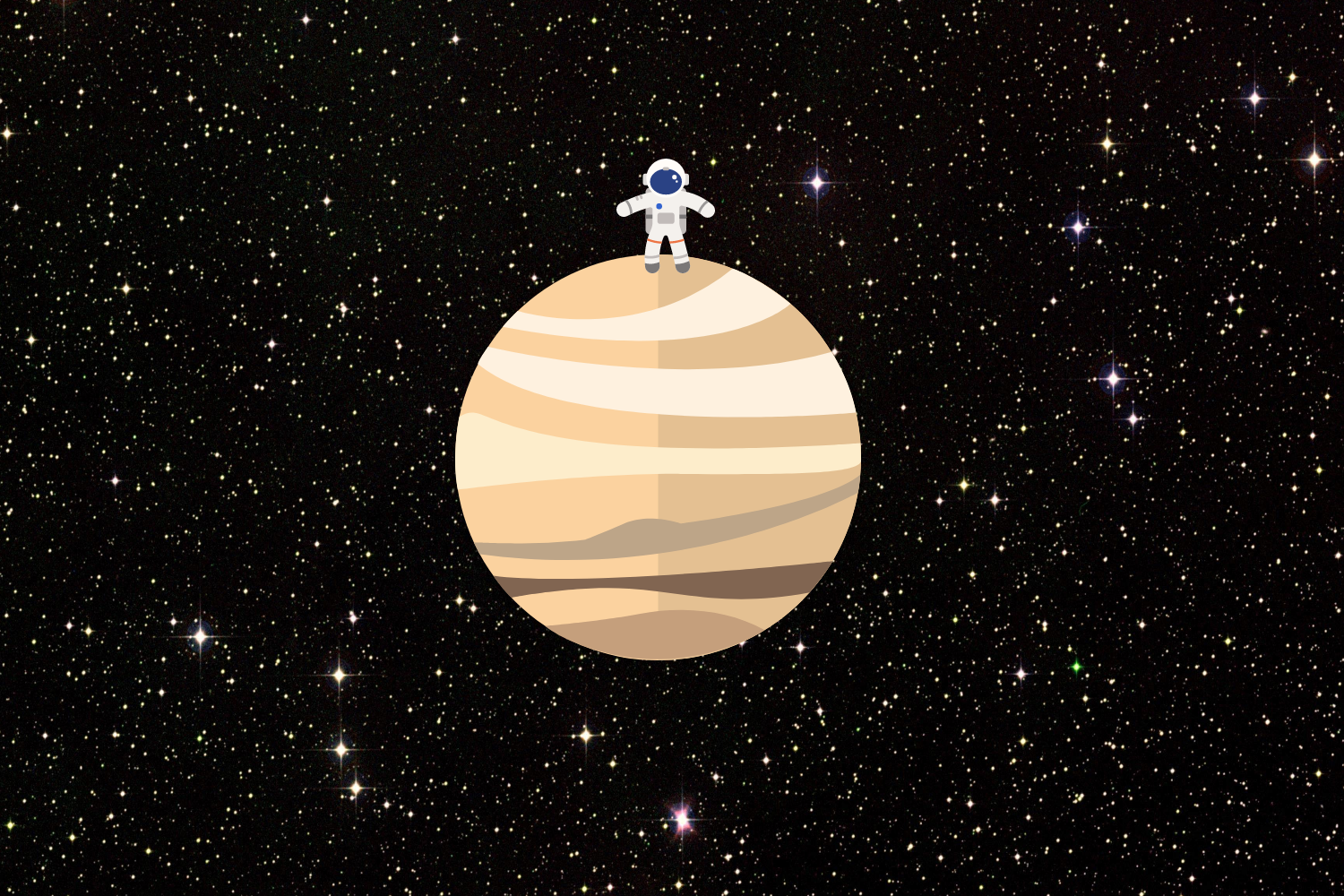
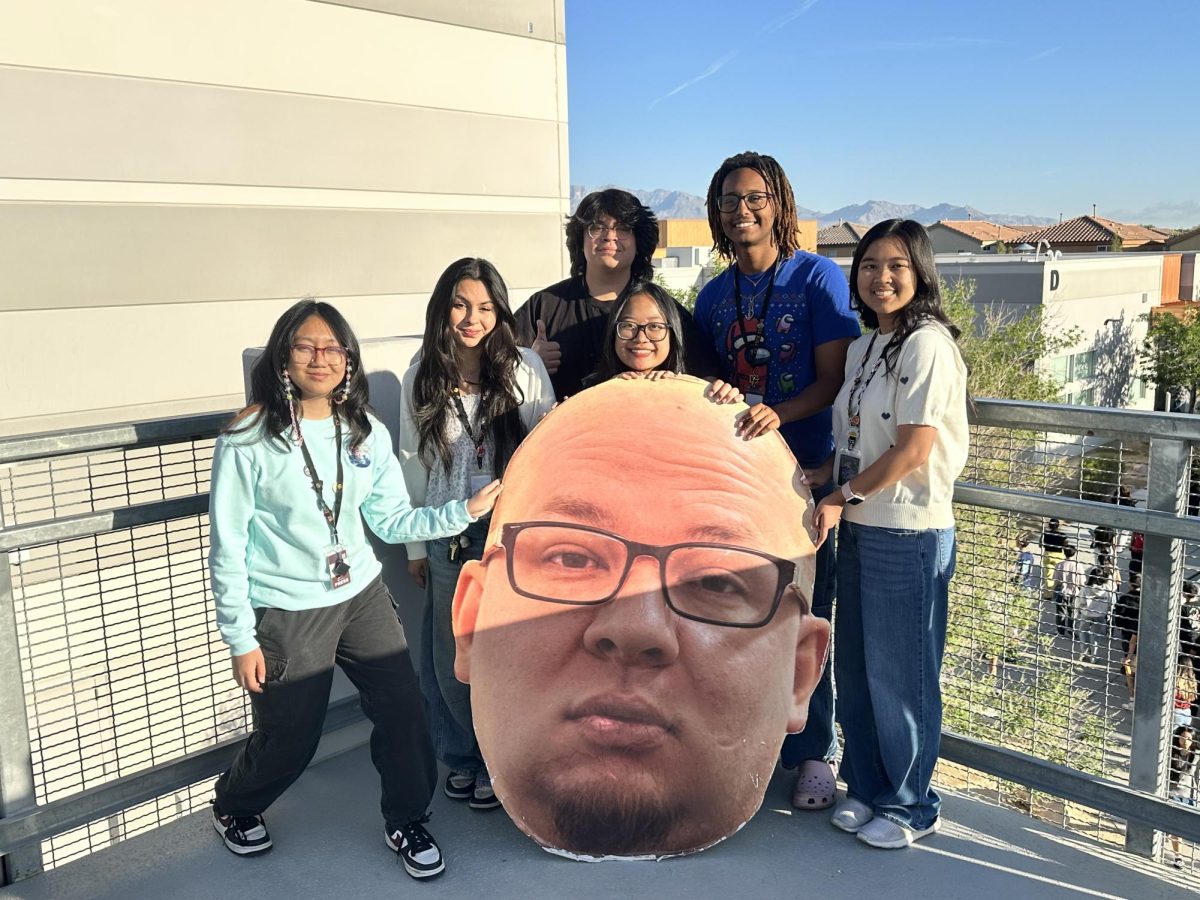





![Inspecting the kart, sophomores Makoa Apao and Christian Reyes make some slight adjustments to the build. The project has been led by senior Connor Wiggins. “I really like the original framework of [the kart],” sophomore Makoa Apao said. “I feel like when they originally designed it, the kart was really well built, and I really appreciate the craftsmanship on it. [Through our work], we've implemented keyhole systems to restrict access to it. We've also implemented LEDs as an underglow.”](https://southwestshadow.com/wp-content/uploads/2025/04/IMG_1006-1200x900.jpg)

